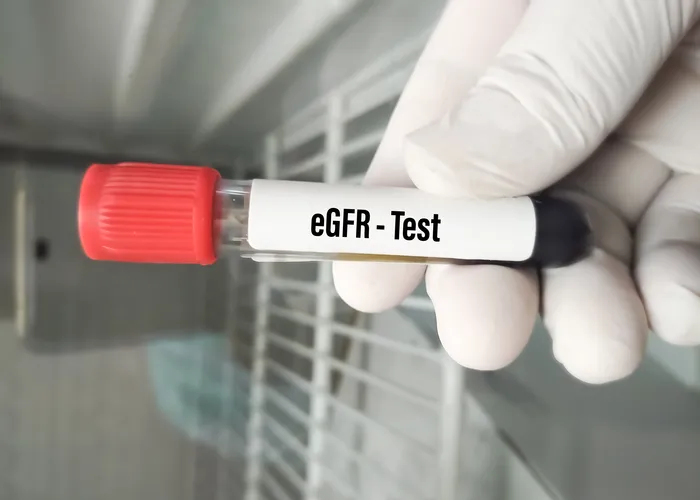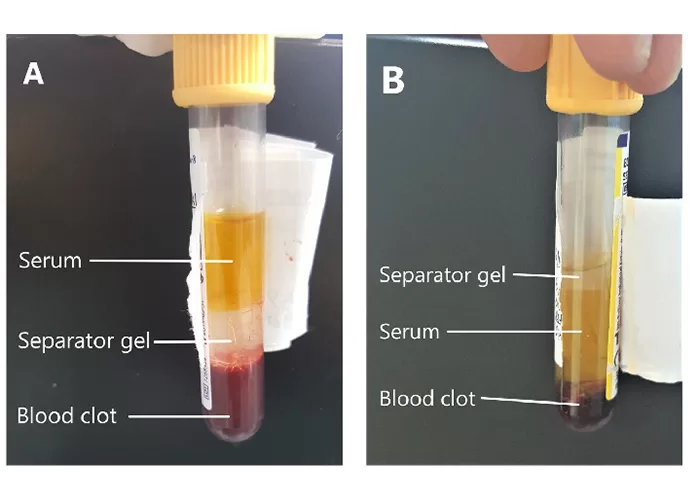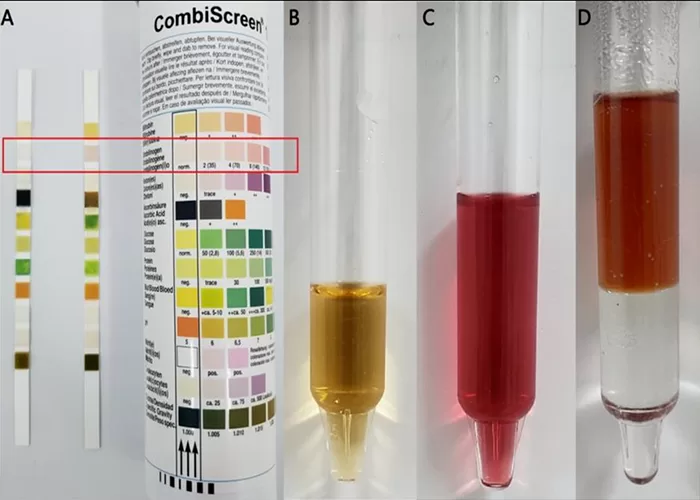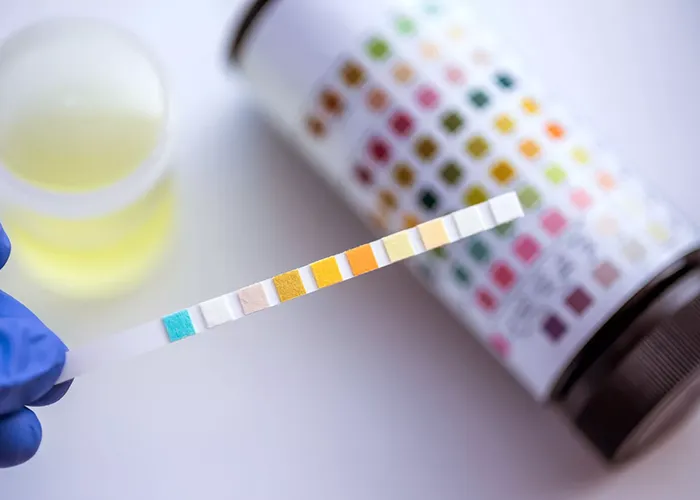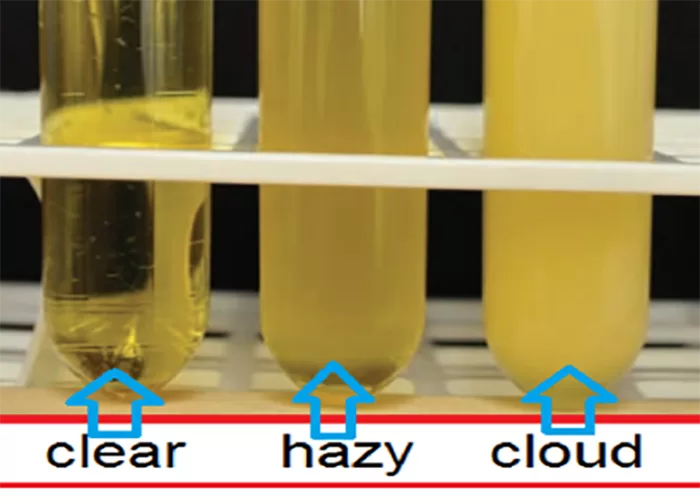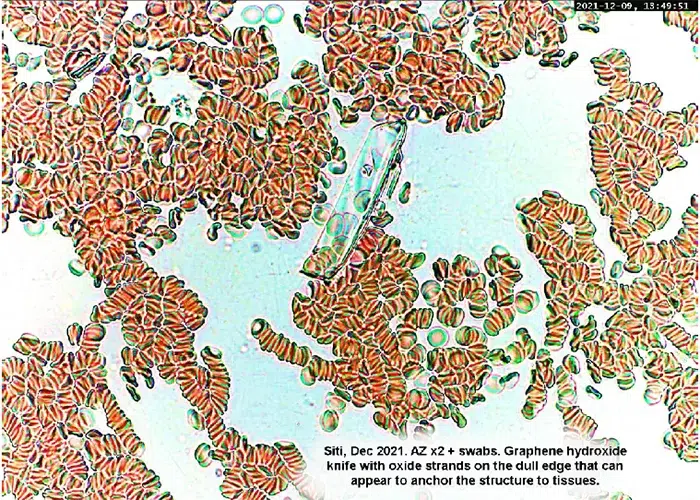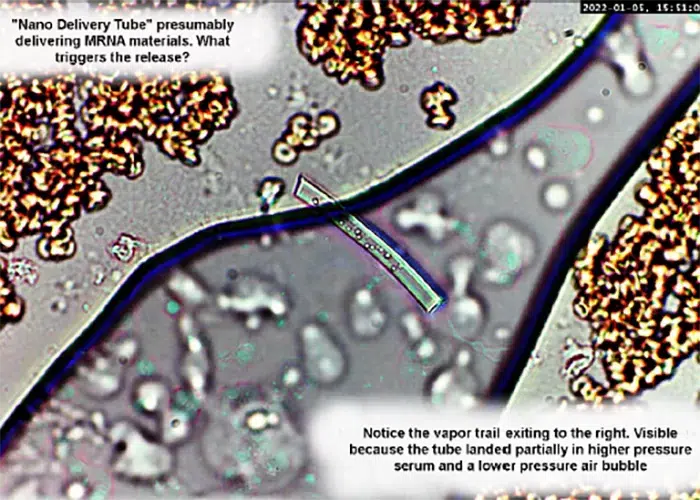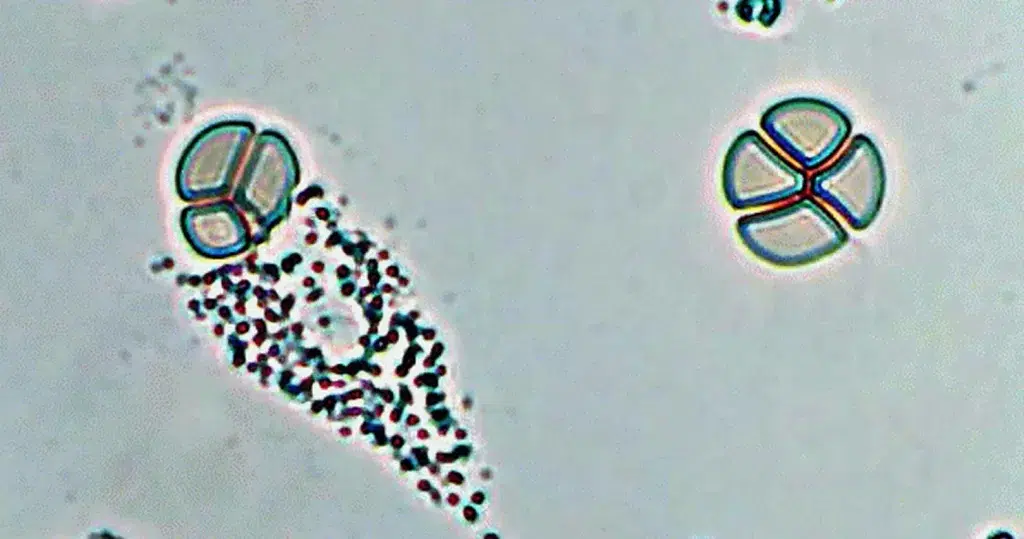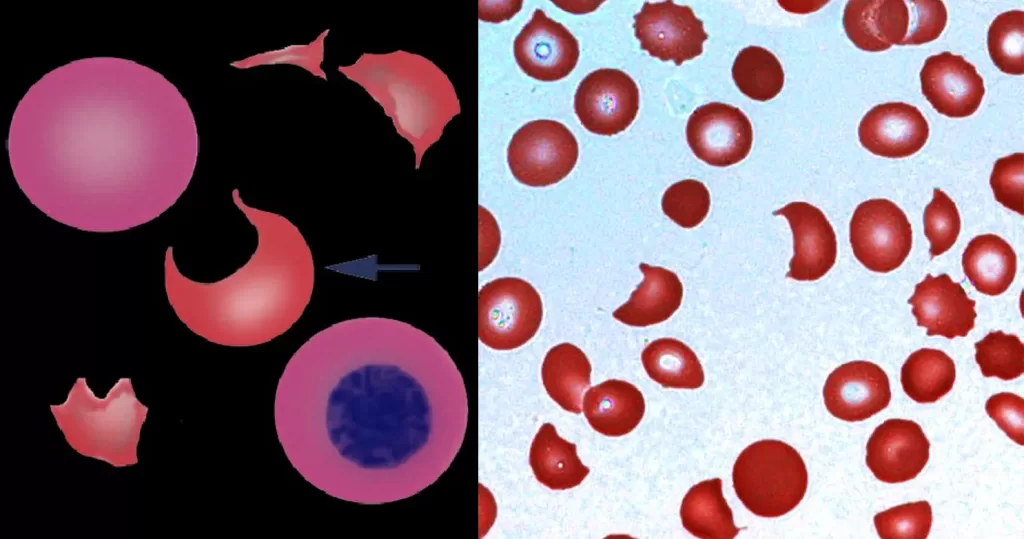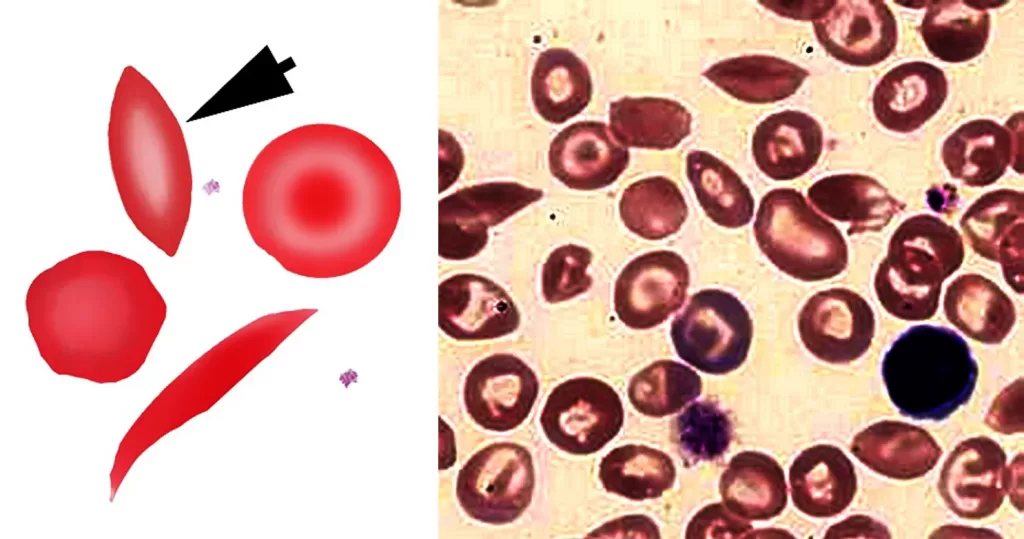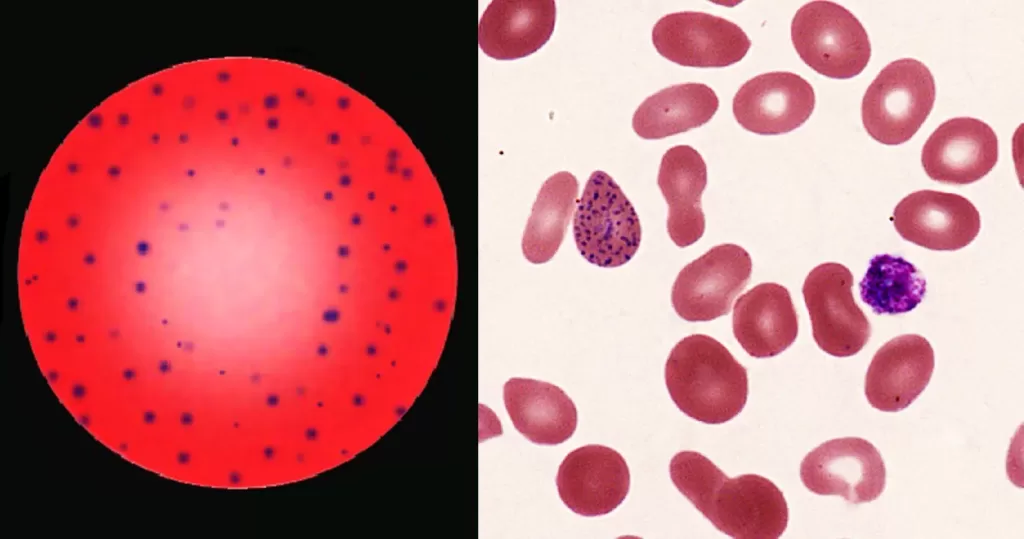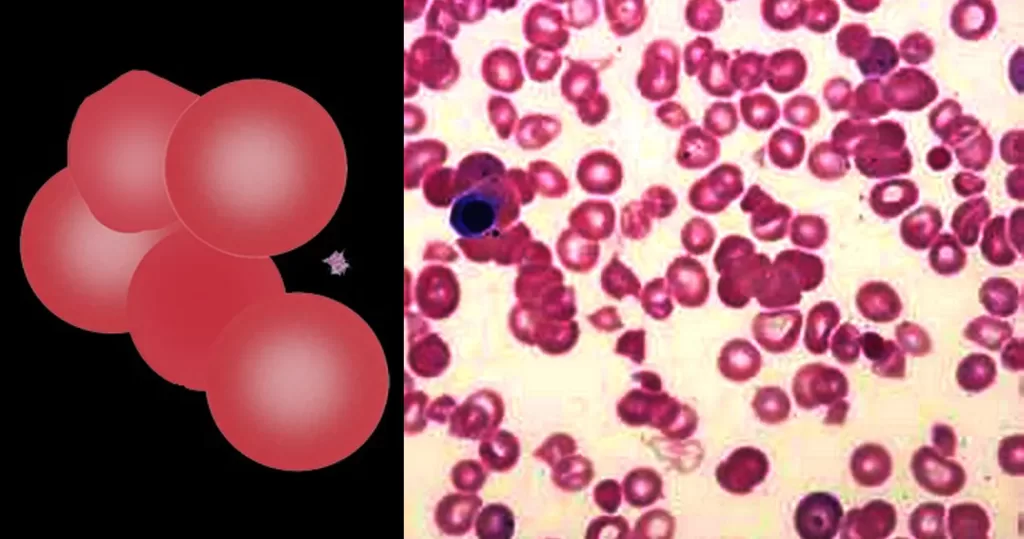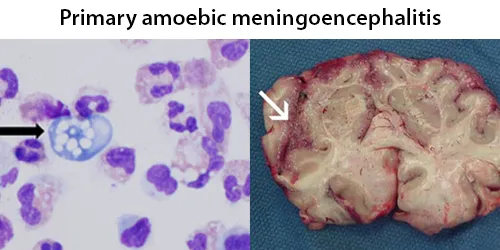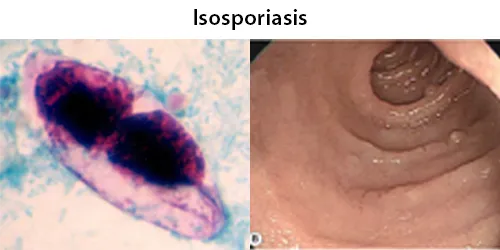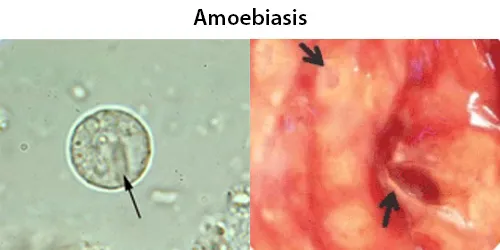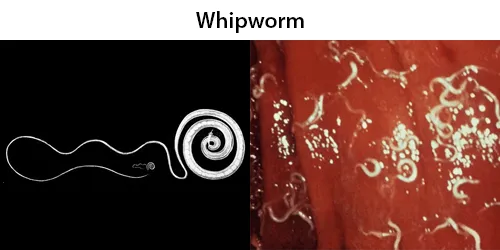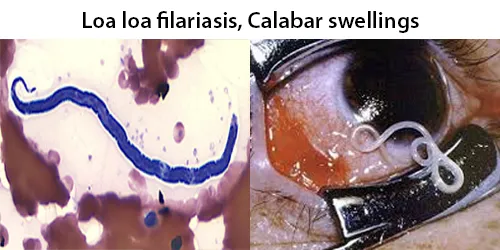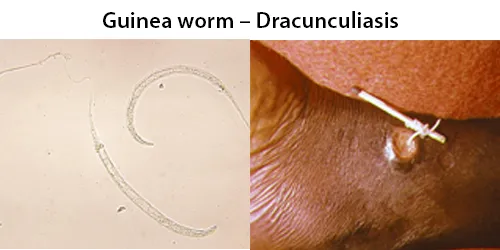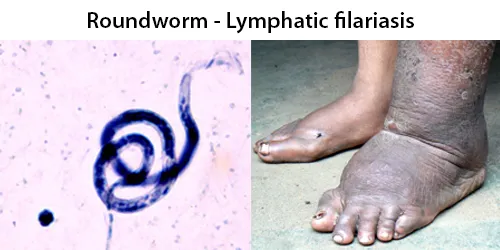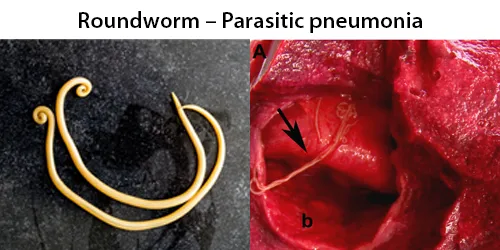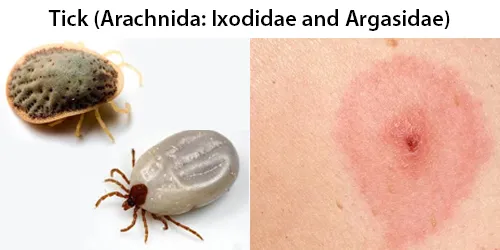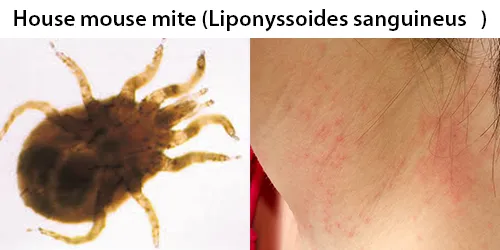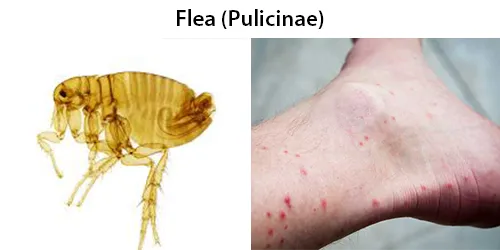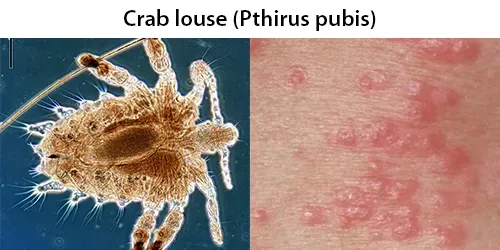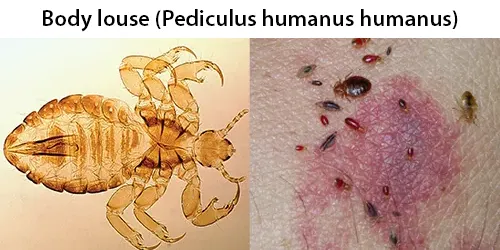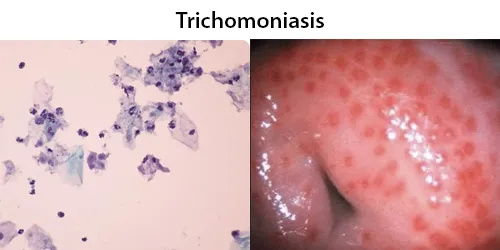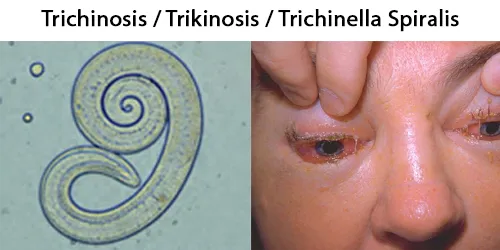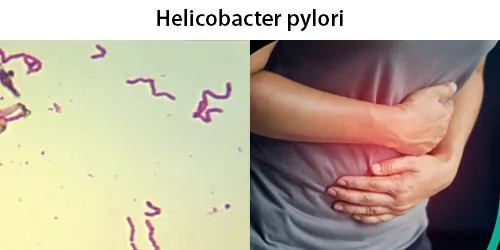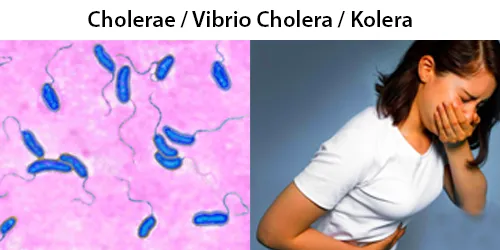Eating Fruit and Vegetable Peel Could Combat Cancer
Drop the peeler eating the skins of fruit and vegetables could boost your nutritional intake of vitamins, combat cancer and increase your energy levels.
Dr Marilyn Glenville, former president of the Food and Health Forum at the Royal Society of Medicine, says: ‘All fruit and vegetables have a “bio-synergy”, which means the nutritional benefits of each part are reinforced by the others.’
And the skin is not the only healthy bit we discard stalks and cores can also be packed with nutrients.
Here, we reveal the fruit and vegetables you should try to eat whole…
Kiwi fruit
The hairy skin of the kiwi fruit is high in antioxidants and thought to have anti-cancer, anti-inflammatory and anti-allergenic properties, says Dr Glenville.
The skin contains three times the anti oxidants of the pulp; it also fights off bugs such as Staphylococcus and E-coli, which are responsible for food poisoning.
HOW TO EAT IT: If regular kiwi skin is too tart for you, opt for gold kiwi fruit (1.99 for four, waitrose.com), which have sweeter, less hairy skins, but with the same benefits. Use the skin if you are juicing the fruit.
Pineapple
Don’t panic it’s the tough core of the pineapple, not the prickly skin you should be tucking into.
Along with fibre and vitamin C, a pineapple’s real benefit lies in an enzyme called bromelain, which breaks down food and dead human tissues linger in the digestive system quickly, protecting the stomach.
The core of a pineapple contains twice the bromelain concentration of the surrounding fruit, says Dr Glenville.
HOW TO EAT IT: Press and crush the core and add the juice to smoothies. It can be stringy, but the left-over pulp can also be added to soups or casseroles for extra fibre.
Broccoli
Those neat little florets look more appealing, but there’s every reason to eat the stalks, too.
Broccoli stalks can be less flavorful than the florets, but they are notably higher in calcium and vitamin C, says Dr Glenville. The stalks are also high in soluble fibre, so you’ll feel fuller for longer.
HOW TO EAT IT: Simply shred the stalks into thin strips and add to stir-fry or serve steamed.
Bananas
Banana benefits: Eating the skin can ease depression
Researchers in Taiwan discovered banana peel extract can ease depression as it is rich in serotonin, the mood-balancing chemical. The skin was also found to be good for eyes, as it contains the antioxidant lutein which protects eye cells from exposure to ultraviolet light a leading cause of cataracts.
HOW TO EAT IT: The research team advises boiling the peel for ten minutes and drinking the cooled water or putting it through a juicer and drinking the juice.
Get fruity: Parts of the food we usually discard have cancer combating qualities
Garlic
Garlic skin contains six separate antioxidant compounds, according to research from Japan. Peeling garlic cloves removes the phenylpropanoid antioxidants which help fight the ageing process and protect the heart, explains Dr Glenville.
HOW TO EAT IT: Drizzle olive oil over half or even a whole garlic head, then add to your baking tray when cooking a roast dinner or oven-baked Mediterranean vegetables.
Citrus fruits
Orange and tangerine peel is high in powerful antioxidants called super-flavonoids, which can significantly reduce levels of bad LDL cholesterol, without lowering the good HDL levels.
The antioxidants obtained from the peel were 20 times more powerful than those from the juice, according to a U.S. study.
The same goes for all citrus fruits, says Dr Glenville. The white pith contains high levels of pectin, a component of dietary fibre known to lower cholesterol and colonise the gut with beneficial bacteria.
HOW TO EAT IT: Add grated citrus peel to cauliflower cheese or cakes and muffins for a zesty health kick or throw the whole, unpeeled fruit into a juicer so you get all the benefits.
Pumpkin, butternut and other squashes
All squashes are high in zinc, which helps promote healthy skin and nails, and the antioxidant beta carotene which protects against heart disease and cancer.
The skin itself is obviously too tough to eat, but the closer you scrape it against the skin for the pulp where it’s more of a rich, orange colour the more nutrients you’ll get, Dr Glenville says.
And don’t ditch the seeds, either these are an excellent source of Omega 6 and essential fatty acids that keep your brain healthy.
HOW TO EAT IT: Wash the seeds in warm water and bake with a drizzle of olive oil for about 20 minutes. Use to sprinkle on salads and soups.
Potatoes
Most people know potato skins are healthy, but few are aware of the reason why. It’s because the skin is a real nutritional powerhouse. Just one fist-sized potato skin provides half your daily recommended intake of soluble fibre, potassium, iron, phosphorous zinc and vitamin C.
Pound for pound, potatoes contain more vitamin C than oranges, so are perfect for anyone looking to ward off colds, says Dr Glenville.
HOW TO EAT IT: Bake whole as jackets, boil and mash with the skin on, or slice into wedges, toss in a little olive oil and bake for potato wedges.
###
combat cancer
By Matthew Barbour
Last updated at 11:11 AM on 2nd November 2010






















